As cat owners, ensuring the well-being of our furry friends is paramount. In emergencies such as choking, knowing how to respond can mean the difference between life and death.
Here's a step-by-step guide to help you manage choking incidents and perform CPR on your cat if necessary:
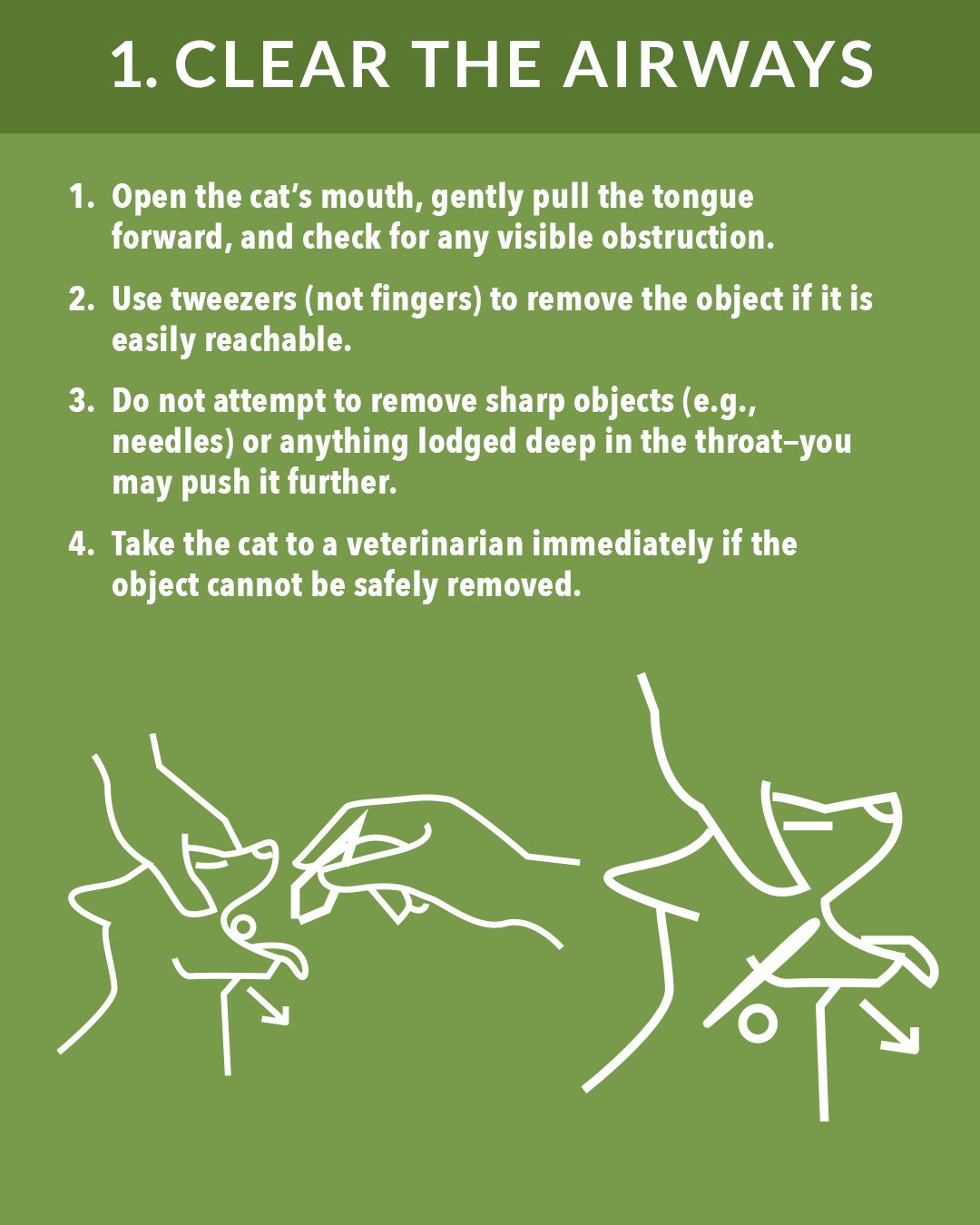
1. Clear the Airways
The first and foremost step is to check and clear your cat’s airways:
**Open the Cat’s Mouth**: Gently pull the tongue forward and inspect for any visible obstructions.
**Use Tweezers for Reachable Objects**: If something is easily reachable, use tweezers (not fingers!) to remove it.
**Avoid Sharp Objects**: Never try to remove sharp objects (like needles) or items lodged deep in the throat, as this may push them further down.
**Veterinary Assistance**: If the obstruction cannot be safely removed, immediately take your cat to the veterinarian.

2. The Heimlich Maneuver
If the airway remains blocked, follow these steps to help free it:
**Position the Cat**: Place your cat on your lap with its hind legs raised slightly.
**Thump between Shoulder Blades**: Gently but firmly thump between the shoulder blades to try to dislodge the object.
If this method fails, it’s time to perform the Heimlich maneuver:
**Locate the Ribcage**: Place your hands behind the ribcage.
**Apply Pressure**: Press gently but firmly on the abdomen 4-5 times.
**Check Again**: After several attempts, check if the object is dislodged.
If the cat is still not breathing or is unconscious, you must proceed immediately to CPR.
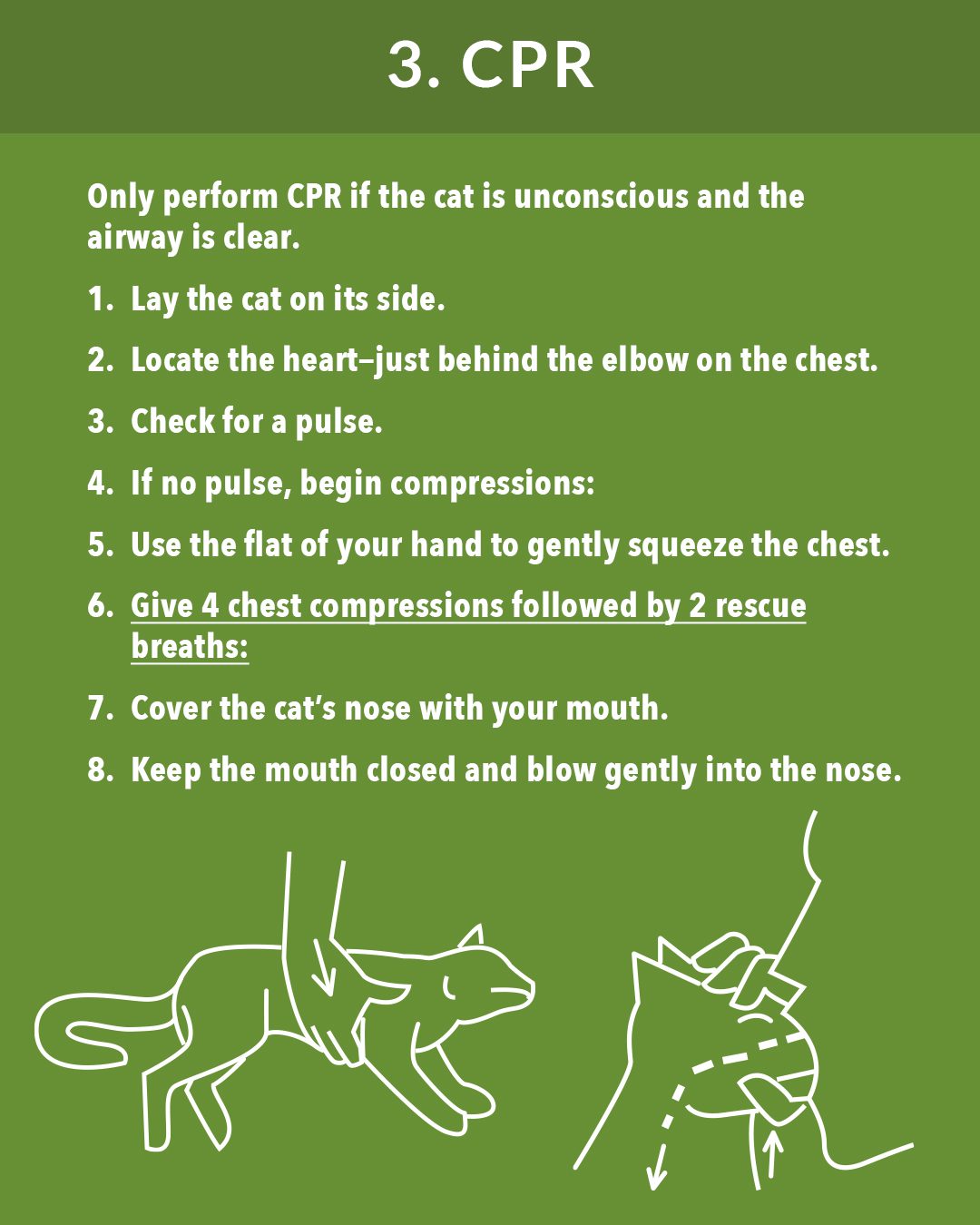
3. CPR (Cardiopulmonary Resuscitation)
Before starting CPR, remember to ensure that the airway is clear.
**Lay the Cat on Its Side**: Start by positioning your cat on its side.
**Locate the Heart**: Find the heart, which is located just behind the elbow on the chest.
**Check for a Pulse**: If no pulse is detected, begin compressions:
**Chest Compressions**: Using the flat of your hand, gently squeeze the chest.
**Rescue Breaths**: Give four chest compressions followed by two rescue breaths:
– Cover the cat’s nose with your mouth.
– Keep the mouth closed and gently blow into the nose.
**IMPORTANT**: CALL A VETERINARIAN IMMEDIATELY after performing CPR or if you suspect your cat is in distress!
For more information on ensuring the health and safety of your pet, check out our [online shop](https://kimvet.co.za/online-shop/) or contact us for professional advice [here](https://kimvet.co.za/contact-us/).
#petsupplies #petcare #shoplocal #petlovers #petproducts #smallpets #animalcare #CatEnrichment #HappyCats #HealthyPets
Taking swift action in emergencies can save your cat’s life. Make sure you’re prepared and stay informed!
This blog post effectively combines informative content with actionable steps and maintains engagement through structured formatting, ensuring readers can easily follow the crucial first aid procedures for their cats.
Whilst you are here, Shop some Products for your CAT;
Showing 1–12 of 539 resultsSorted by popularity
-
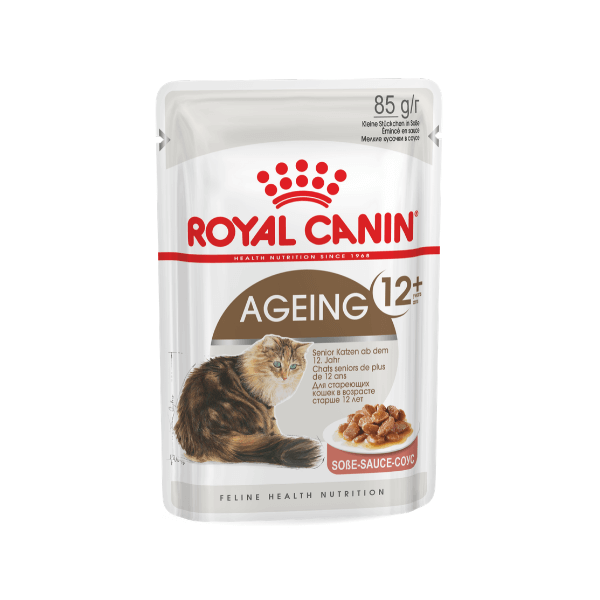
Adult Senior Ageing 12 Years Gravy 85g, Cats Food, KimVet e-Shop, Royal Canin
R24.16 -
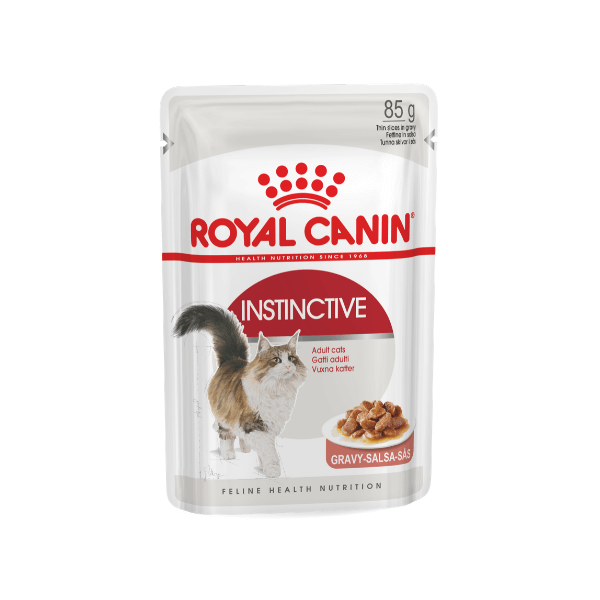
Adult Instinctive Gravy 85g, Cats Food, KimVet e-Shop, Royal Canin
R24.16 -

Kitten Chicken and Rice Stew 79g, Cats Food, KimVet e-Shop, Hill’s Science Plan
R29.00 -

Adult Chicken & Rice Stew 79g, Cats Food, KimVet e-Shop, Hill’s Science Plan
R29.00 -
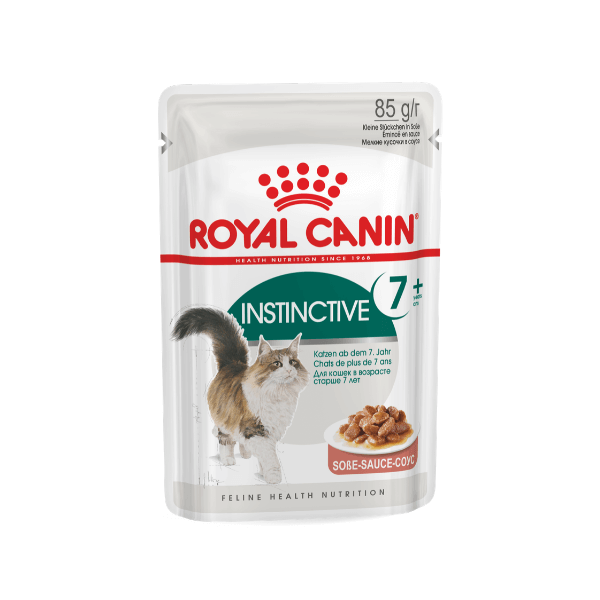
Adult Instinctive 7 Years Gravy 85g, Cats Food, KimVet e-Shop, Royal Canin
R24.16 -
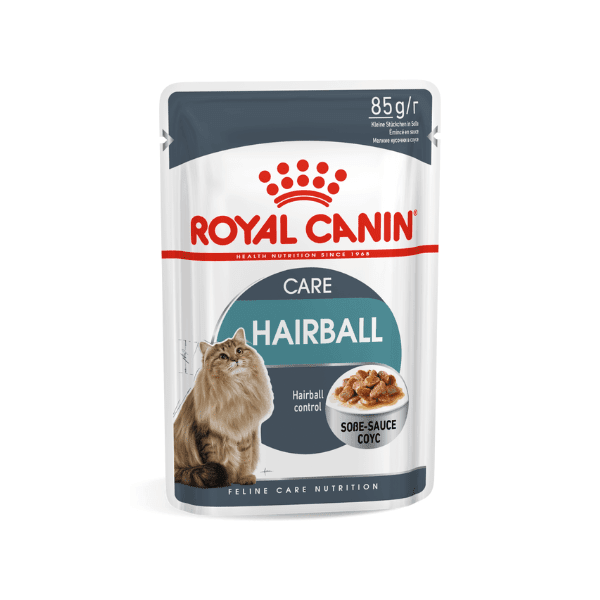
Adult Hairball Care Gravy 85g, Cats Food, KimVet e-Shop, Royal Canin
R24.16 -

Eco Wood Pellets 15kg
R177.02 -
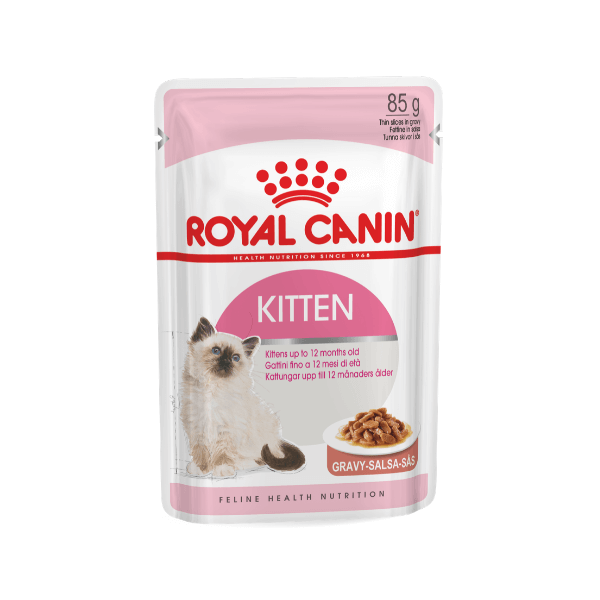
Kitten Gravy 85g, Cats Food, KimVet e-Shop, Royal Canin
R24.16 -

Kitten Mother & Babycat Mousse 195g, Cats Food, KimVet e-Shop, Royal Canin
R43.21 -
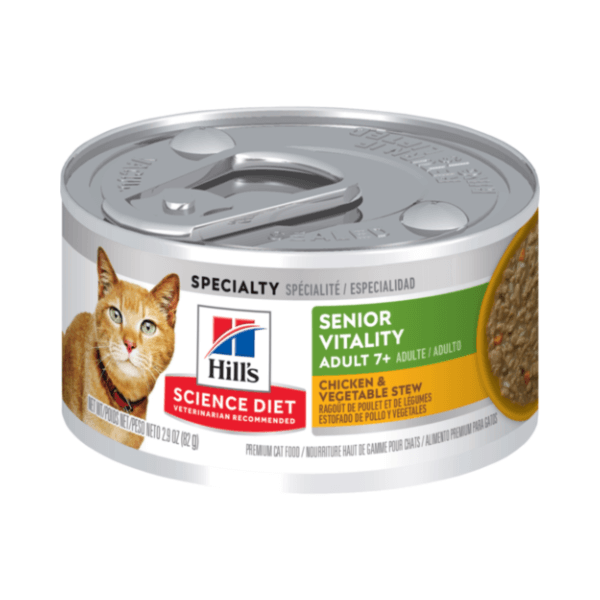
Adult Senior Vitality Chicken and Vegetable Stew 82g, Cats Food, KimVet e-Shop, Hill’s Science Plan
R27.00 -
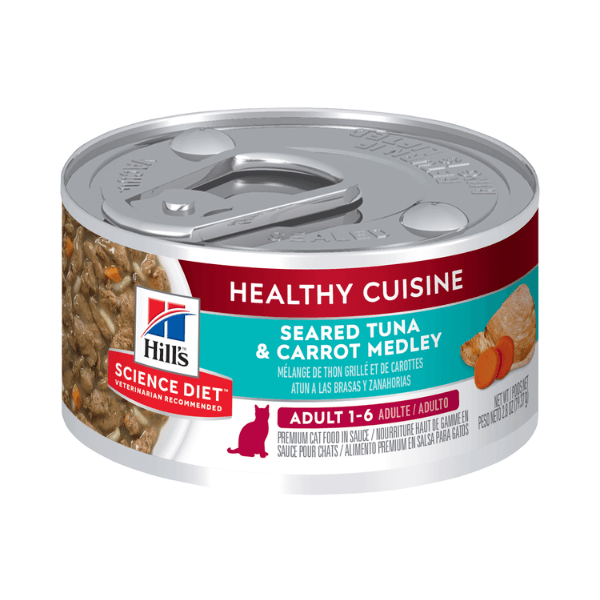
Adult Tuna & Carrot Stew 79g, Cats Food, KimVet e-Shop, Hill’s Science Plan
R29.00 -
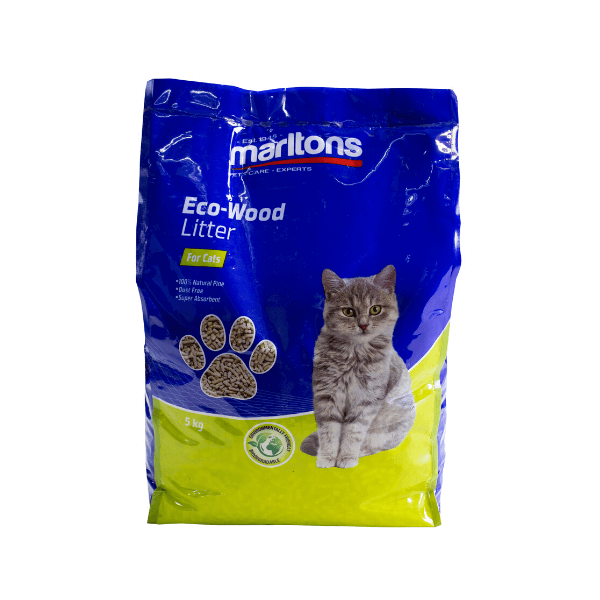
Eco Cat Litter Pellets
R65.00 – R132.02


